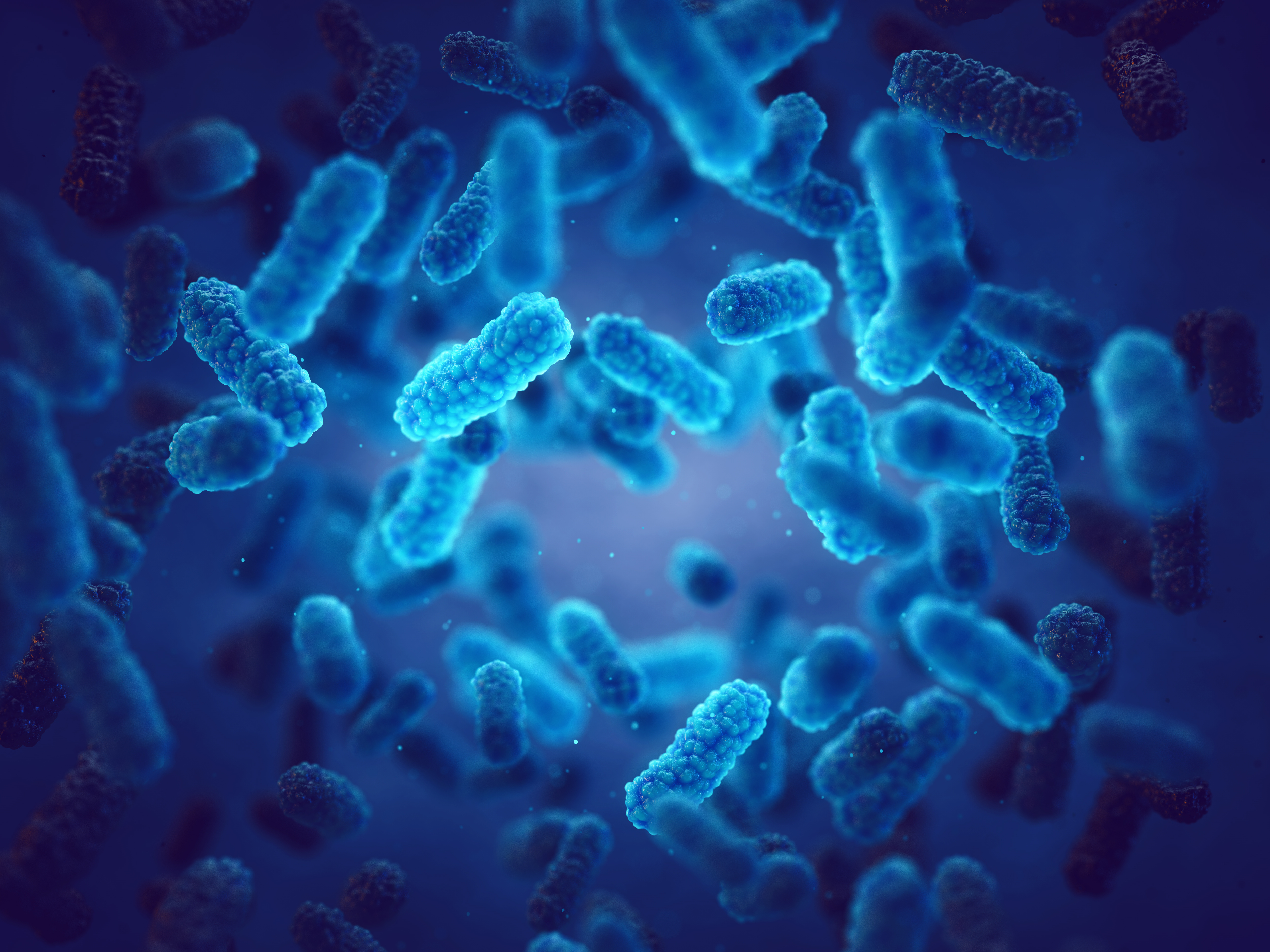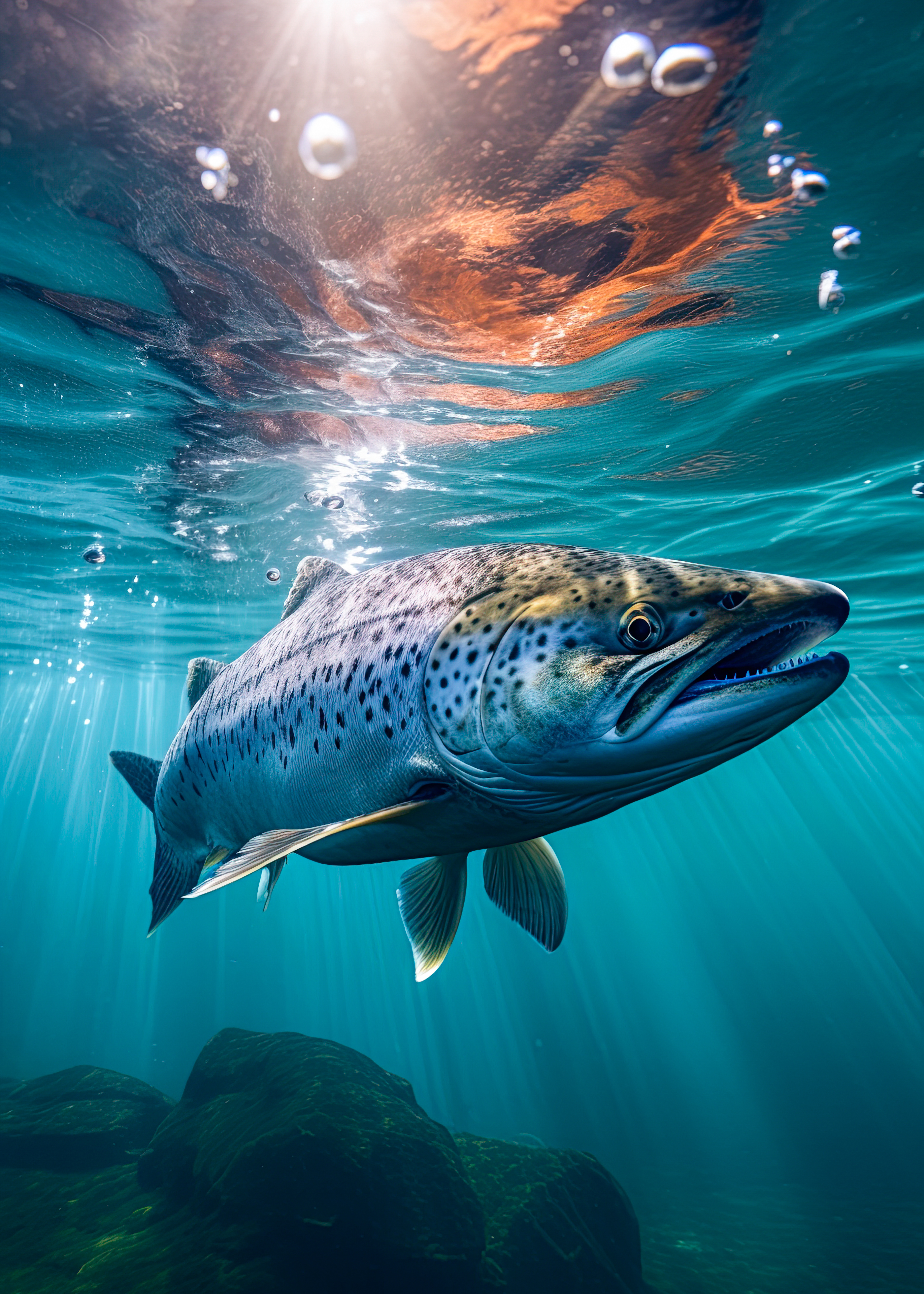Together against AMR

Antimicrobial resistance is not stopped by national borders, argue Henrik Duesund and Dr Patrik Henriksson
By 2050, 10 million people could die from bacteria and other microorganisms resistant to antibiotics. Even countries and regions that make limited use of antibiotics will be affected.
Antimicrobial resistance (AMR) is a global threat to human and animal health and welfare. In last year’s World AMR Awareness Week, held in November, the World Health Organization had chosen “Preventing antimicrobial resistance together” as the theme.
Norwegian salmon farming can be the best in not needing antibiotics
Norwegian animal husbandry has minimal need for antibiotics. When salmon is included, Norwegian livestock production is among the best globally because Norwegian salmon farming uses the least amount of antibiotics. In Norway, there is a culture of restrictive and responsible use of antibiotics for both animals and humans, which has resulted in low rates of antibiotic resistance. Thus, learnings from Norway could be translated to other countries and other farming systems.
Responsibility across borders
With salmon farming in several countries and parts of the world, Cermaq has special follow-up practices to ensure restrictive and responsible use of antibiotics throughout its business, beyond applying preventive measures such as vaccines and screening of smolts, which are always used. Sick fish require follow-up and sometimes treatment with antibiotics is necessary to ensure animal welfare. Before sick fish are given antibiotics, we check there is no resistance to identify the smallest effective dose. The types of antibiotics used are also important from a human health perspective. In the production of food for humans, Cermaq only uses antibiotics that are not critical for human health. We also collaborate with other companies, including through the Global Salmon Initiative and SeaBOS, to share experiences, research and test results. This means neighbours and competitors can also be the best possible.
Responsibility for other species
Salmon dominates farming in a few countries but it is a small part of global aquaculture at volumes less than both shrimp and tilapia (source: SOFIA 2022). In some regions, there is significant use of antibiotics (source: global trends in antimicrobial use in aquaculture, Scientific Reports), including types of antibiotics that are also used to treat humans.
Through SeaBOS, a collaboration between the largest seafood companies globally, as well as internationally leading research institutions, Cermaq is engaged in strengthening sustainability in the seafood sector globally. Responsible and restrictive use of antibiotics is one of several areas SeaBOS works on.
Based on best practice, we have created simple and clear guidelines for the restrictive and responsible use of antibiotics. These are guidelines that can be used in all types of farming and which will have a collective gain as more seafood producers adopt them. Only collective actions to reduce antibiotic use will reduce antibiotic resistance in our food system, so we encourage our codes of conduct and demand restrictive and responsible practices. The codes of conduct can be found at www.seabos.org.

Salmon
Transmission from animals to humans?
The risk of emergence and flows of antibiotic-resistant genes is something that SeaBOS will map, together with researchers at the Stockholm Resilience Centre, the Beijer Institute of Ecological Economics, SAAFE CRC and Chulalongkorn University. The research will look at shrimp farming in Thailand and aims to identify methods to determine the sources of AMR genes in shrimp (for example, water, feed, additives, process water and the surrounding ecosystem). The ambition is that such knowledge will allow for more restrictive and effective use of antibiotics in ordinary operations.
Can resistant genes in bacteria in seafood be transferred to humans? There is always a risk of zoonotic disease that can affect both animals and humans, and through resistant gene transfer between bacteria. Thus, the best way to reduce risk to humans is to minimise antibiotic use in animal husbandry, as it is the only way to avoid selection for resistant genes.
“There is little risk of transfer of resistant genes to humans from salmon. Salmon lives in cold water – and salmon and humans do not have overlap of bacteria that can infect,” says Henrik Duesund, R&D Manager at Cermaq.
Together, we can prevent AMR
We may not understand the value of antibiotics until we risk losing their effectiveness. Together, we can avoid AMR: everything from hand washing and better biosecurity to improved farming practices and taking vaccines. We are not giving in; the seafood industry and all animal production must improve. Everyone can and must contribute.
Henrik Duesund is Head of Cermaq’s R&D fish health team. Dr Patrik Henriksson is a researcher with the Beijer Institute of Ecological Economics, Stockholm University and a science member of SeaBOS.
About SeaBOS
The SeaBOS initiative is unique because of the cross-sector collaboration within the global seafood industry. It involves nine of the world’s largest seafood companies representing more than 19% of the world’s seafood production and operating in more than 465 subsidiaries. Together with leading scientists across disciplines and universities, they explore transformative risks and opportunities for the global seafood industry and key impact areas.
SeaBOS science partners
Stockholm Resilience Centre, Beijer Institute of Ecological Economies at The Royal Swedish Academy of Sciences, The Royal Swedish Academy of Sciences, Lancaster University, Center for Ocean Solutions at Stanford University and the University of Tokyo.

